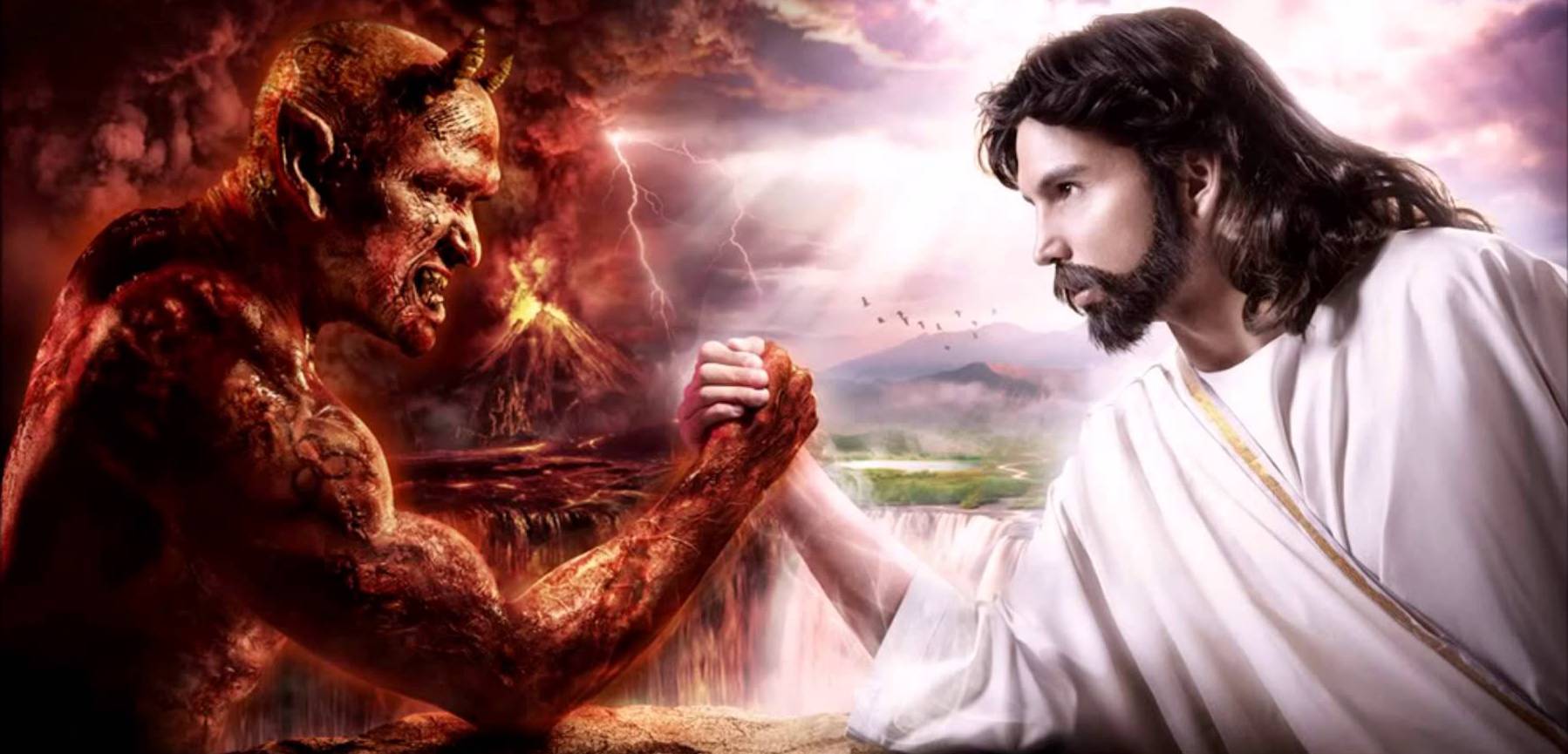Customer Orientation vs Customer Orientation

“Customer focus does not exist,” claims one well-known and shocking runet character. And at heart, any manager agrees with this, smiling sweetly at the clients with an emoticon in an e-mail.
But what if it's half the truth?
What if, instead of explicit but non-existent customer focus, there is an implicit, but very existing customer focus?
Customers and business owners, please, under cat.
Business as a mathematical model
A business can be represented as a kind of mathematical or dynamic system. Such a system does not have constant growth; instead, a number of stable states and transitions between them predominate. Everyone knows the problems of the growth of Internet companies, web studios: the company rapidly grows to certain sizes, then slides down a bit and freezes in stability. Or, for example, a retail point at which, discarding seasonal variations, X buyers arrive in the reporting period, and the whole thing generates Y turnover.
A business has many parameters and their changes take the business out of the point of stability. The parameters are in constant slight fluctuation, but any significant changes, whether it is a take to a new level or vice versa demise, knock out the business from the point of stability. A business goes through a phase transition and falls into another stability.
Obviously, the main goal of any business is money. Clients usually bring money, so for most of the business, the number of customers plays an important role. But the number of customers is just one of the parameters in the system. The web studio serves 10 new customers per month. She can serve and 15, but in the hands, or 5, but beggar. You can upgrade your web studio, hire people, change business processes, and the studio will learn how to handle 30 clients per month. But an intermediate stable point for 20 customers usually does not exist.
So, the number of customers as a parameter is subject to fluctuations that do not have significant changes in the business. This means that there is a certain threshold or percentage of customers that a business can simply refuse, while losses will be indistinguishable from errors. The percentage is small, but it exists.
Web studio can hire a special person who will catch one random new client a month and say something like “hello, at first glance you are a very nice person, but you know that, come on, fuck you we will not work. ” The client will ask in amazement: “But why ???”, they will answer him “No reason” and close the door.
Seriously, casting aside a note of sarcasm, you can allow yourself, ceteris paribus, to abandon any small number of clients and still continue to exist perfectly.
Human-mathematical dualism of business

With business as a mathematical model, everything is clear. But we all know that people are important. Any company consists of people, and always, always it is people who merge everything. But sometimes there are well done. And if you are familiar with not very fashionable methodologies, then the phrases “people are more important than the process” prick your ears.
Let's put aside the large corporate segment where people are no longer working, but a large human mass, a chaotic meta-mind. And consider SMB, in which top managers and business owners are somewhere nearby.
Any person making decisions in SMB has a number of moral values, a certain concept of business ethics. For him, customers are not exactly a parameter of the system, but people are also. Which may be such assholes in life or just be carriers of completely different views (different religions, belonging to different minorities, radical political beliefs, well, to whom I am telling, you yourself perfectly understand everything).
In such a situation, the employee can decide (LP, of course) that he simply does not want to have anything to do with such a client. And abandon it without explanation. As you probably guessed, the business does not lose anything.
Transaction subject
A business receives money from a client. And as you know 100 rubles from client “A” do not differ from 100 rubles from client “B”, from 100 rubles in an envelope for a birthday or 100 rubles won in a casino.
The client, on the other hand, receives a certain product or service that always differs in some way from other similar products and services. And sometimes they are very different. Moreover, in some cases, for example, in the service sector, receiving a service is one-time in nature, and the provision is massive.
Those. for a client to receive a service is a straight story, but for a business of such stories every day a dime a dozen.
Thus, the business receives non-unique, super-liquid money, which one in one can get somewhere else. And the client receives a unique service or product.
Customer focus
Any modern business must be customer-oriented, otherwise everything. Groom and cherish your customers. Wikipedia says that customer orientation is a strategic approach to the development of an enterprise, aimed at increasing its competitiveness and increasing profitability by improving the quality of service and meeting customer needs.
In simpler words, these are simply measures of loyalty, which are nothing more than the parameters of a large “business” system.
Customer focus
I have not met such a term, the client is always right. The performer must strain, include loyalty and appease.
But what if it is not?

And what's more, everything says the opposite.
A business can easily refuse, for example, one client, for no reason at all, and receive exactly the same money from another client. The client must take a steam bath and go look for new artists, while he will not be able to get the same service one-on-one, he will get something a little, but something else.
Shouldn't customers stop showing off, demand loyalty and start just paying?
